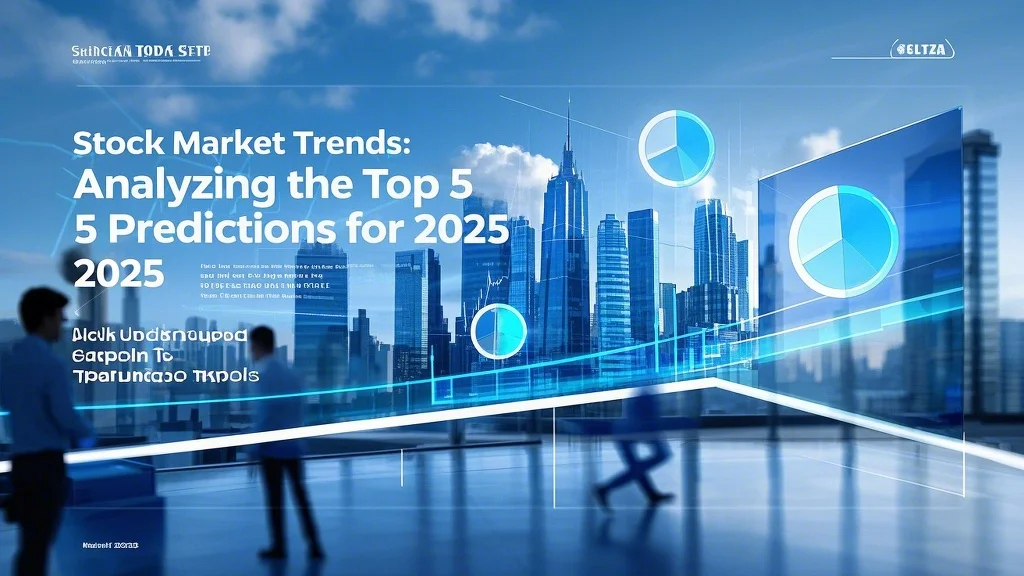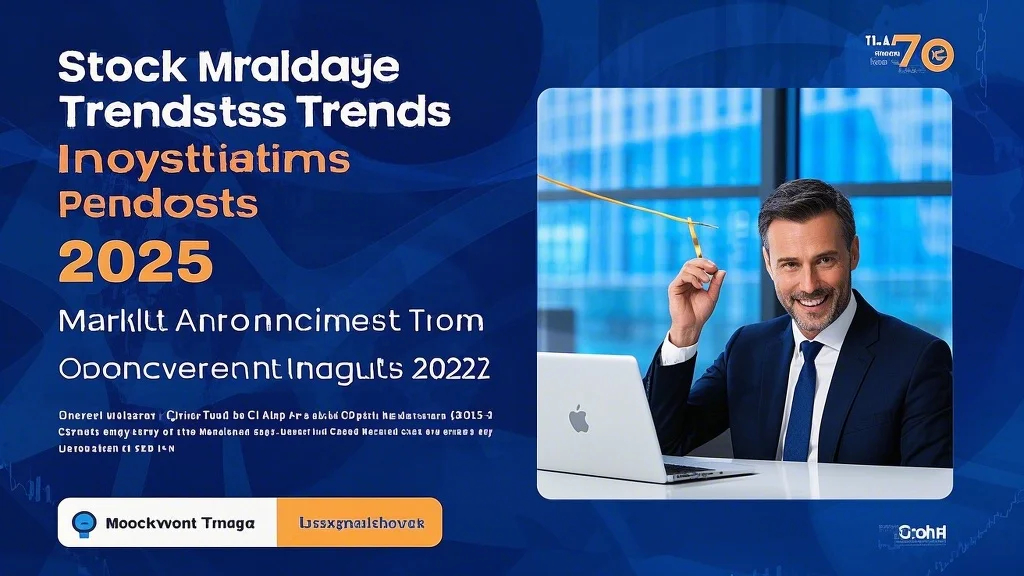The Evolving Landscape of Stock Market Trends in 2025
As we move deeper into 2025, stock market trends continue to evolve in ways that challenge traditional investment strategies. The past few years have been marked by unprecedented volatility, driven by geopolitical tensions, technological disruptions, and shifting monetary policies. Investors are now grappling with a new reality where old rules may no longer apply. One of the most significant shifts we’re observing is the increasing influence of artificial intelligence on trading algorithms. These sophisticated systems are capable of analyzing vast amounts of data in real-time, often spotting market analysis 2025 patterns that human analysts might miss. This technological arms race among institutional investors is creating both opportunities and risks for retail investors trying to navigate these turbulent waters.
The rise of thematic investing represents another major investment trend shaping markets this year. Rather than focusing solely on traditional sector classifications, many investors are now building portfolios around long-term structural themes such as climate change mitigation, aging populations, and digital transformation. This approach requires a different analytical framework that looks beyond quarterly earnings reports to consider multi-year macroeconomic shifts. For those willing to do the homework, thematic investing can uncover hidden gems in the stock market predictions space that might otherwise be overlooked. However, it’s crucial to maintain diversification even within thematic portfolios, as overconcentration in any single trend can lead to outsized risks.
Geopolitical Factors Influencing Market Forecasts
Geopolitical uncertainty remains a dominant factor in any serious market forecast for 2025. The ongoing tension between major economic powers has led to a fragmentation of global supply chains and the emergence of what some analysts are calling “investment blocs.” This new reality is forcing companies to rethink their operational strategies and investors to reassess their geographic allocations. The energy transition, while presenting enormous opportunities, has also introduced volatility in traditional energy stock market trends as the world struggles to balance short-term needs with long-term sustainability goals. Companies that can successfully navigate this complex landscape are likely to be rewarded by the markets, while those that fail to adapt may find themselves left behind.
Currency fluctuations have added another layer of complexity to market analysis 2025. The relative strength of the U.S. dollar continues to impact multinational corporations’ earnings, while emerging markets face their own set of challenges. Some analysts are pointing to the potential for significant currency realignments later in the year, which could create both risks and opportunities for astute investors. In this environment, maintaining a globally diversified portfolio while keeping a close eye on currency hedges has become more important than ever. The investors who will likely fare best are those who can separate short-term noise from long-term fundamental trends in their stock market predictions.

The Changing Face of Consumer-Driven Investment Trends
Consumer behavior continues to reshape investment trends in surprising ways during 2025. The post-pandemic world has seen permanent shifts in how people work, shop, and entertain themselves, creating winners and losers across various sectors. One notable development has been the resurgence of brick-and-mortar retail in certain categories, even as e-commerce maintains its overall growth trajectory. This nuanced picture requires investors to look beyond simplistic narratives about the “death of physical retail” when making their stock market predictions. Similarly, the entertainment industry is undergoing a radical transformation as streaming platforms consolidate and new forms of interactive media emerge.
Demographic changes are another critical factor influencing market forecast models. Aging populations in developed markets and youthful demographics in emerging economies are creating divergent investment opportunities. Healthcare innovation, particularly in longevity technologies, has become a hotbed of activity, while education technology companies are catering to the needs of younger populations in high-growth regions. These demographic stock market trends are likely to play out over decades, making them particularly relevant for investors with long-term horizons. The key challenge lies in identifying which companies are best positioned to capitalize on these powerful underlying forces.
Technological Disruption and Market Analysis
The pace of technological change continues to accelerate, making market analysis 2025 particularly challenging in the tech sector. Quantum computing, while still in its infancy, is showing signs of moving toward practical applications that could disrupt entire industries. Investors are struggling to value companies working on these cutting-edge technologies, as traditional valuation metrics often fail to capture their long-term potential. This disconnect has led to extreme volatility in certain segments of the market, creating opportunities for those who can separate hype from genuine innovation in their stock market predictions.
Another technological investment trend worth noting is the maturation of autonomous systems across various industries. From agriculture to logistics, companies that can effectively implement automation solutions are gaining competitive advantages that translate to superior financial performance. However, this trend also raises important questions about the future of employment and its potential impact on consumer spending patterns—a critical consideration for any comprehensive market forecast. Investors would be wise to monitor not just the technological innovators themselves, but also the broader societal and economic implications of these advancements.
Navigating Uncertainty in Stock Market Predictions
As we assess various stock market predictions for the remainder of 2025, one theme emerges clearly: uncertainty itself has become the only certainty. This environment demands a more nuanced approach to portfolio construction than in previous years. Traditional 60/40 stock-bond allocations are being reevaluated as correlations between asset classes shift. Alternative investments are playing an increasingly important role in sophisticated portfolios, though they come with their own set of complexities. The most successful investors will likely be those who maintain flexibility in their investment trends approach while staying true to their long-term financial goals.
Risk management has taken center stage in current market analysis 2025 discussions. With volatility expected to remain elevated, strategies that incorporate downside protection without sacrificing too much upside potential are in high demand. Some investors are turning to options strategies, while others are exploring structured products that offer defined risk parameters. Regardless of the specific tools employed, the common thread is a recognition that navigating today’s stock market trends requires more active risk management than during the relatively calm markets of the past decade. As we move forward, this focus on preserving capital during turbulent periods may prove just as important as identifying growth opportunities.
